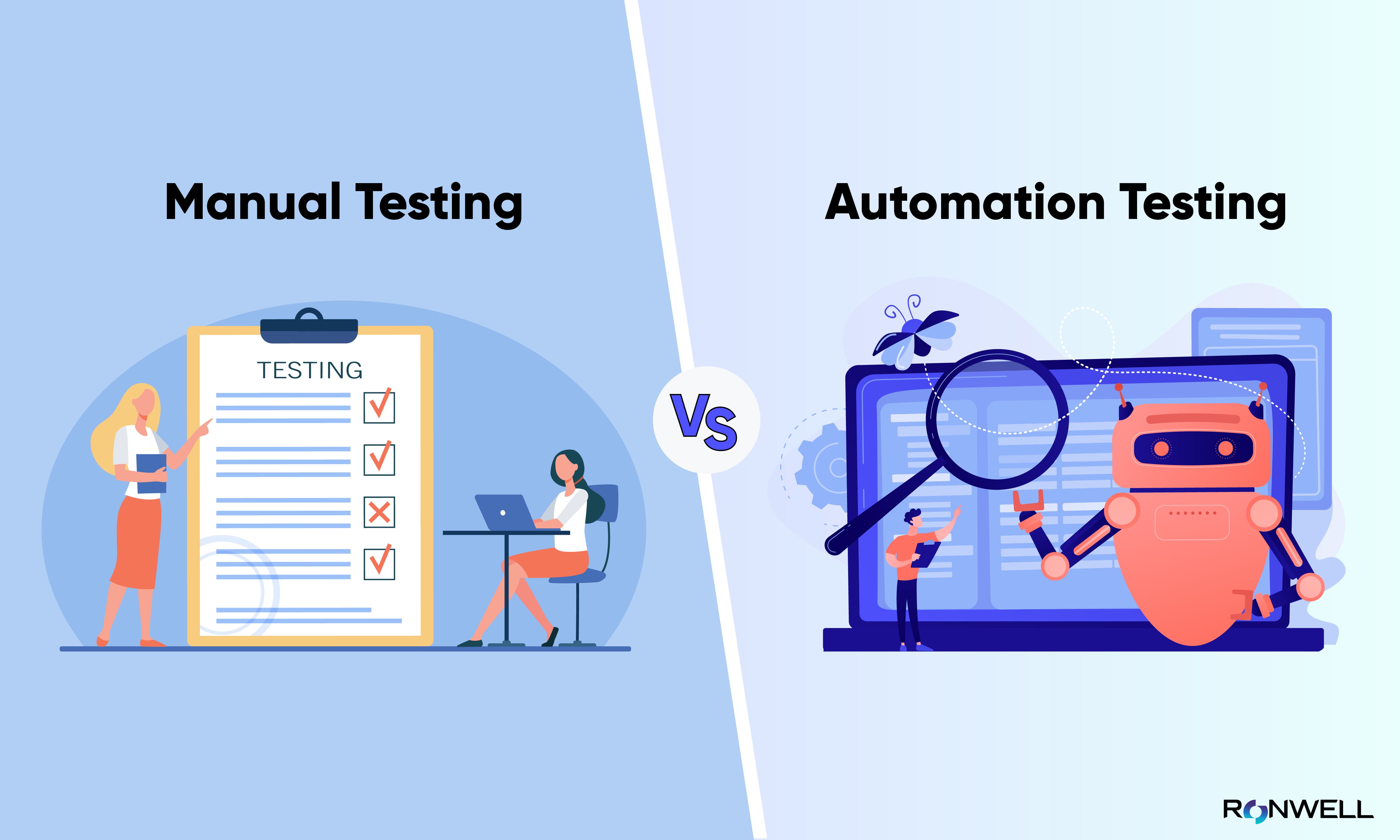Exploring the Future of Automation Testing in Software Growth
Exploring the Future of Automation Testing in Software Growth
Blog Article
Making Sure Success in Automation Checking: Secret Metrics, Difficulties, and Solutions Every QA Team Should Know
In the realm of software top quality guarantee, the landscape of automation testing is ever-evolving, requiring a meticulous method to ensure smooth procedures. The trip to mastering automation screening is led with subtleties that need a keen eye for surveillance, evaluation, and continuous renovation. As the sector propels onward, the pursuit for optimal efficiency in automation screening stays a constant pursuit, prompting QA teams to outfit themselves with the expertise and strategies necessary for triumph.
Relevance of Secret Metrics
Recognizing the significance of key metrics is essential for assessing the performance and efficiency of automation testing processes. Key metrics serve as measurable steps that offer important understandings right into numerous facets of the testing procedure, such as test insurance coverage, test execution time, flaw density, and examination instance performance. By examining these metrics, QA teams can determine bottlenecks, inadequacies, and locations for improvement within their automation screening structure.
One important facet of essential metrics is their capability to track development and keep an eye on the overall wellness of the screening procedure (automation testing). They make it possible for stakeholders to make educated choices based on data-driven insights, which can cause extra reliable screening techniques and better source allocation. Furthermore, essential metrics can aid groups established reasonable goals, measure the success of automation efforts, and show the ROI of automation testing efforts

Common Challenges Encountered
Difficulties generally run into in automation screening procedures can substantially affect the total efficiency and performance of QA teams. One of the significant obstacles is the selection of the appropriate examination cases for automation. Not all examination cases appropriate for automation, and picking the incorrect ones can bring about squandered time and sources. Additionally, preserving test scripts can be a difficult job, particularly as the application undergoes frequent changes. Test script upkeep requires constant updates and alterations to ensure they mirror the existing performance accurately. Another common difficulty is the preliminary financial investment needed for establishing automation frameworks and tools. This can be an obstacle for some companies, especially smaller ones with minimal budgets. Automation screening might not cover all facets of testing, such as use and individual experience testing, which still require manual intervention. Conquering these difficulties requires appropriate preparation, strategic examination case option, durable maintenance procedures, ample resources, and a clear understanding of the restrictions of automation testing.
Reliable Solutions for Obstacles
To attend to the obstacles experienced in automation screening, executing reliable options is necessary for enhancing the effectiveness and productivity of QA groups. One crucial option is to go invest in durable training programs for QA teams to ensure they have the required skills to successfully use automation devices. Training can connect knowledge voids, improve understanding of automation structures, and boost scripting abilities, eventually resulting in more efficient test development and execution.
An additional important remedy is to develop clear communication channels within the QA group and with other stakeholders, such as programmers and job supervisors. Efficient communication aids in aligning their explanation assumptions, sharing progress updates, and quickly dealing with problems or roadblocks that may arise throughout the automation screening procedure.

Tracking and Analysis Methods
Executing efficient monitoring and analysis strategies is critical for guaranteeing the success and efficiency of automation testing procedures. Additionally, assessing test outcomes and metrics provides valuable understandings into the high quality of the software program being tested and the performance of the testing strategy.
One key method in surveillance and evaluation is using dashboards that consolidate appropriate metrics and KPIs in an aesthetically accessible format. These dashboards provide an extensive introduction of test implementation standing, examination coverage, problem patterns, and various other important details. Frequently assessing and examining these control panels can assist QA groups make informed decisions, focus on tasks, and enhance testing initiatives.
Additionally, applying automated informs and alerts based on predefined thresholds can boost positive tracking and prompt intervention. By establishing up alerts for performance inconsistencies or test failures, teams can attend to concerns immediately read review and stop them from escalating. On the whole, monitoring and analysis strategies play an important role in making certain the effectiveness and success of automation screening initiatives.
Continuous Renovation Techniques
Enhancing the effectiveness of automation testing procedures demands the consistent improvement of approaches and techniques. Constant enhancement strategies are critical for QA teams to adjust to evolving innovations and provide premium software. One crucial technique to boosting automation screening procedures is to conduct regular testimonials and retrospectives. By analyzing previous testing cycles, teams can identify traffic jams, ineffectiveness, and areas for improvement. Applying feedback loops and integrating lessons found out right into future screening structures can generate substantial improvements gradually.

Conclusion
In final thought, it is essential for QA teams to recognize the key metrics, obstacles, and remedies in automation testing to ensure success. By meticulously monitoring and analyzing information, implementing reliable options to usual challenges, and constantly enhancing approaches, QA groups can maximize their testing procedures and deliver high-quality software products. Following these techniques will eventually result in extra effective and effective automation screening practices.
By evaluating these metrics, QA groups can identify bottlenecks, ineffectiveness, and areas for enhancement within their automation screening structure.
Furthermore, vital metrics can help teams established realistic goals, measure the success of automation initiatives, and demonstrate the ROI of automation screening initiatives.
Obstacles commonly run into in automation screening processes can significantly influence the general efficiency and performance of QA groups. Automation screening may not cover all aspects of screening, such as usability and customer experience screening, which still require hand-operated intervention.In final thought, it is vital for QA groups to recognize the vital metrics, challenges, and services in automation screening to ensure success.
Report this page